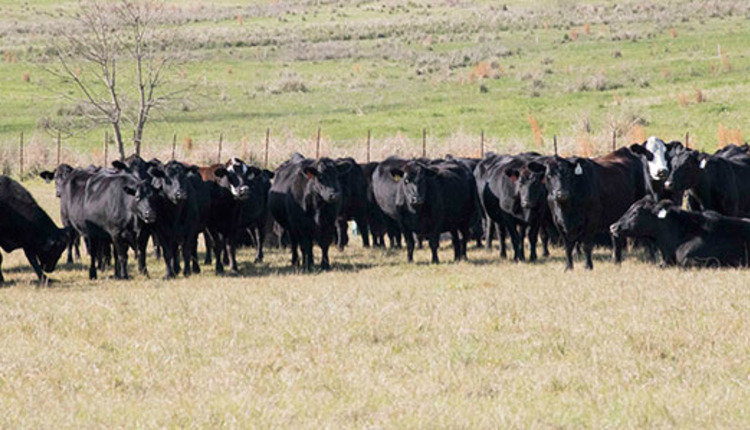
Perhaps nothing has gotten more attention in grazing circles during the past few years than the concept of mob or ultra-high stock density (UHSD) grazing. It’s a management-intensive system that encourages stocking densities at much higher levels than normal and is usually expressed in pounds of animal live weight per acre. This often means stocking in excess of 100,000 pounds per acre, while some graziers are exceeding 1 million pounds, according to Hugh Aljoe, producer relations manager for the Samuel Roberts Noble Foundation.
Aljoe notes that UHSD systems are implemented to both enhance livestock production and improve soil quality. He warns, however, that livestock producers need to be cautious before taking the UHSD plunge. In a recent edition of the Noble Foundation’s Ag News and Views newsletter, Aljoe shared his list of precautions for producers to consider before making the UHSD decision. They are as follows:
1. UHSD is not for the novice grazier.
There needs to be an infrastructure in place to manage the entire herd in close proximity. Aljoe notes the need for items such as adequate pen and corral space; adequate drinking water and recharge capabilities; adequate fencing with a quality energizer to carry electricity to extremities of property; and plenty of temporary electric fence supplies. Additionally, explains Aljoe, you need some experience in managed multi-paddock grazing.
2. Start with a goal in mind.
“With UHSD grazing, the focus is often on the landscape (herd impact), but there should also be emphasis on livestock performance. You don’t have to sacrifice performance to achieve landscape goals,” says Aljoe. He suggests producers determine what the important outcomes are and how they will be measured.
3. UHSD grazing does not mean ultra-high grazing intensity.
“It’s just the opposite,” explains Aljoe. Grazing intensity actually decreases and residual forage increases, but with a high proportion of it left at or on the soil surface due to herd impact. Grasses are top-grazed, usually taking the upper one-third of the plant. Aljoe notes that cattle are moved to fresh grazing areas frequently, with multiple moves per day. Paddock forage recovery periods are usually longer because of herd impact. This lengthens grazing cycles, especially when conditions are wet.
4. UHSD grazing requires adequate forage quantity to begin.
Aljoe suggests to set the initial stocking rate conservatively based on forage availability; then increase stocking rate only after forage production increases measurably. Furthermore, it doesn't have to be an “all-in” approach. You can start on a smaller scale and allow cattle to adjust their grazing behavior to fit UHSD grazing.
5. There is no known “magical” stock density value that expedites the desired outcomes, but the greater the stock density then the greater the herd impact.
Many people suggest stock densities exceeding 1 million pounds of live animal per acre. Aljoe notes that level of stock density requires frequent cattle movement, perhaps multiple times per hour per grazing period. He suggests fitting UHSD grazing to your operation, management plan and labor capabilities.

